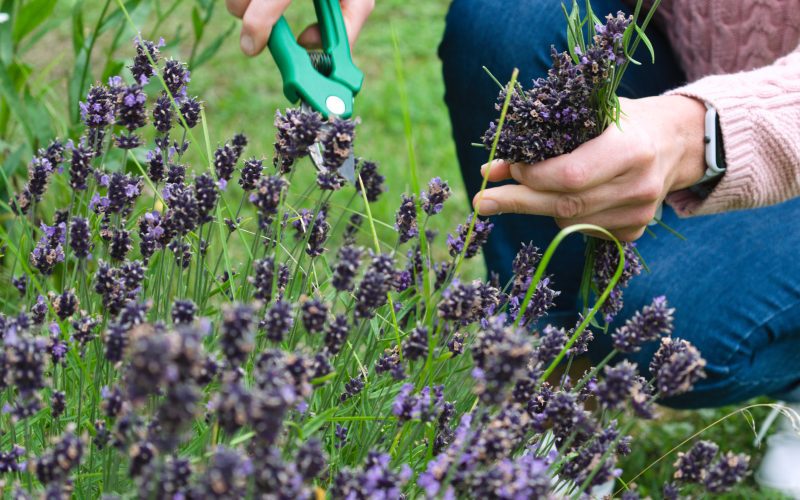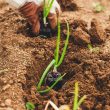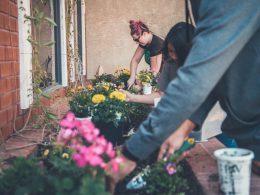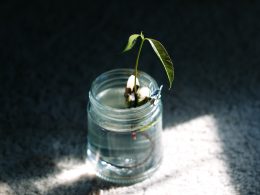Pollinators, such as bees and butterflies, play a crucial role in our ecosystem. They are responsible for pollinating many of the plants that provide us with food, fiber, and medicine. Unfortunately, pollinators are facing many challenges, including habitat loss, pesticide use, and climate change. In this article, we will explore the importance of pollinators and how planting for bees and butterflies can help save our ecosystem.
What are Pollinators?
Pollinators are animals that transfer pollen from the male part of a flower to the female part of a flower, allowing the plant to produce seeds and fruit. Bees, butterflies, moths, hummingbirds, and bats are all examples of pollinators. Without pollinators, many of the plants that we rely on for food and other resources would not be able to reproduce.
Why are Pollinators Important?
Pollinators are essential for maintaining the health and diversity of our ecosystem. They help to pollinate over 75% of the world’s flowering plants, including many of the crops that we rely on for food. Without pollinators, we would not have many of the fruits, vegetables, and nuts that we enjoy, such as apples, almonds, and blueberries.
In addition to providing us with food, pollinators also play a crucial role in maintaining biodiversity. They help to pollinate wildflowers, which provide habitat and food for many other species, including birds and insects. Without pollinators, many of these species would not be able to survive.
Challenges Facing Pollinators
Despite their importance, pollinators are facing many challenges. Habitat loss is one of the biggest threats to pollinators. As more land is developed for agriculture and urbanization, pollinators are losing the habitats they need to survive. Pesticide use is another major threat to pollinators. Many pesticides are toxic to bees and other pollinators, and exposure to these chemicals can weaken or kill them.
Climate change is also having a significant impact on pollinators. Changes in temperature and precipitation patterns can affect the timing of flowering and the availability of nectar and pollen. This can make it difficult for pollinators to find the resources they need to survive.
How Planting for Bees and Butterflies Can Help
One of the best ways to help pollinators is to plant for them. By planting flowers that provide nectar and pollen, we can create habitats for bees, butterflies, and other pollinators. This can help to increase their populations and ensure that they have the resources they need to survive.
When planting for pollinators, it is important to choose a variety of flowers that bloom at different times throughout the growing season. This will provide a continuous source of food for pollinators throughout the year. It is also important to avoid using pesticides and other chemicals that can harm pollinators.
Conclusion
Pollinators are essential for maintaining the health and diversity of our ecosystem. By planting for bees and butterflies, we can help to create habitats for these important species and ensure that they have the resources they need to survive. This can help to increase their populations and ensure that they continue to play a crucial role in our ecosystem.











